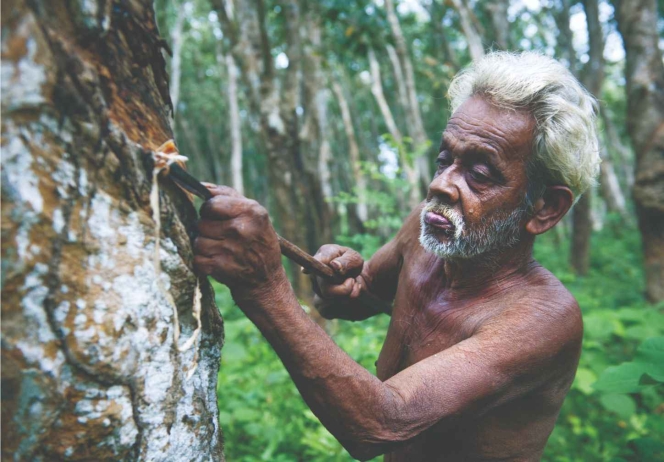
 Sustainability is a vague idea. How do you define sustainability in the natural rubber sector?
Sustainability is a vague idea. How do you define sustainability in the natural rubber sector?
I think sustainability is vague if you have not looked at it with a good set of eyes. If you see it as a concept, then it certainly is not vague. Many standards have been introduced in the last 30 years and organisations and stakeholders have worked around this concept. The sustainability concept is evolving and is very well defined in the areas we operate in nowadays.
GPSNR defines sustainability through a multi-stakeholder process where we bring in members of GPSNR together. Our organisation represents all parts of the supply chain, from smallholders to processors and traders to manufacturers and civil society. Today, we represent about 60 percent of the global natural rubber volume.
Our supply chain sustainability commitments include the environmental, social and economic aspects of sustainability. The definition of sustainability for our members is now very well defined through a document, which is approved and called the policy framework document. This is a set of eight overarching themes that include commitments to legal compliance, community livelihoods, healthy and functioning ecosystems (including no deforestation) and respecting all human rights. Our GPSNR members need to have policies aligned for the production and procurement of sustainable natural rubber.
The great news is that after the document was approved last year, the GPSNR members are now aligning and publishing policies to be in line with this framework. Of course, these are commitments that do not explicitly mean implementation. Now the next step for us would be reporting requirements for our members. The members will have to publish reports every year, and we are defining the requirements for these reports now. For them, it will be to demonstrate how they are reaching this commitment. We are also working on implementation guidance that will help companies implement an assurance model. It aims to understand the different risks and identify the modes of assurance based on the level of risk. It ensures that the commitments are met and that any claim the company makes on sustainability is verified.
Would there be any mechanism to know how companies are implementing the policies?
For GPSNR, it is not about reinventing the wheel. We don't want to create another certification standard. We have certification systems out there. I think, especially in the rubber sector, we need something that goes a bit broader than the current specification for certification because we have 85 percent production coming from independent smallholders, owning 1-2 hectares of land each, which makes it quite challenging to scale up certification promptly. So we are building up an assurance model, which is going to be a risk basis. The basic idea behind this is that instead of having a standard where you have to tick all the boxes of the standard, we will look at your situation. We are going to have a map of risk globally. So, based on the level of risk, we ask our members to have different levels of assurance.
For example, if we are sourcing from a place where everything was developed years ago, your risk of deforestation might be low. We might not require you to do a full deforestation assessment. Or maybe your risk in the supply chain is very high in terms of labour with migrants; we will ask you to have a more in-depth and third party assessment for that.
And this way, we hope to be able to bring down the cost of assurance and make the process a bit linear so that we can focus on what matters.
GPSNR was established in 2019. Could you highlight the achievements of GPSNR so far?
We are quite a young organisation considering it is a multi-stakeholder organisation. We started with just 11 members. , we soon had 16-17 members, including some processors and traders in automotive, but now we are reaching 130 members.
As mentioned earlier, today, our members represent well above 50 percent of the global rubber market volume. Even if you compare it to other similar organisations with long-standing in other commodities, we are far above what others have seen in terms of representation. One of the most significant achievements that I would mention is the policy framework and its commitments and the ability to align the members with it to make a difference in the natural rubber supply chain.
I feel very confident that through this change, we will be able to reach the smallholders and improve their situation, which is really at the heart of GPSNR.
How do you make sure that there will be traceability and transparency in case of violation of rights?
That's a fair point. One of the key things that we managed to ensure is that smallholders are included in decision making in GPSNR processes. So now we have 28 smallholders that represent 8 different countries at the moment. They're a part of GPSNR as members, but they don't pay any fees.
They have been selected the representatives through workshops conducted by us. Several smallholders participated in the workshops, and I do think that we're trying our utmost to ensure that their participation is meaningful. They understand how to engage in the platform and how to make their voice heard within the platform.
We ensure that everything GPSNR is doing is co-designed with smallholders. I don't mean to say that we represent all the seven million smallholders out there, but we're making strides as much as possible.
In terms of the grievances, we have set up a grievance mechanism that is open and transparent. Any stakeholder now can file complaints through GPSNR, and an independent panel of experts would review this. We hope to ensure that there is at least a communication channel and ways to address discrepancies through that system.
I think traceability can be defined in very different ways. So, traceability, in my mind, is knowing from where a specific batch of rubber is coming and keeping it separate from others in the supply chain.There is some merit to that and some approaches to do a certification. We need to look at transparency to ensure that companies know where we are sourcing from. They have to take responsibility for their suppliers' operations as if it was their operations.
What are the steps undertaken by GPSNR to curb illegal activities of companies like land grabbing etc.?
I think the first and most crucial step is to identify what can and cannot be done, because, unfortunately, in developing countries, maybe at times, the legal requirements do not match with the social licence to operate requirements expected in the sustainable world. That's one aspect, and there's also the enforcement, and due diligence might not be as good as expected. So, I don't think that the policy framework of GPSNR does a very good job in identifying what those do's and don'ts are. As for GPSNR members, I do believe strongly that the policies that are now in place will set a good foundation to ensure that the buyers will trigger these requirements down the supply chain.
We have seen that due diligence can only stop deforestation and land grabbing and other such activities in the entire supply chain to some extent. What we need is incentives, and that's why one of the critical challenges that we're finding in GPSNR is to identify how we can bring up financial and non-financial incentives to companies and smallholders to operate sustainably.
For example, we have a working group on shared responsibility looking at how the companies can act together to solve issues that cannot be solved by a single company on its own. I deeply believe that most of these issues are linked to livelihood. May be we need to ensure that they get the right amount of compensation for their rubber production so that they don't have to open up another hectare to meet their livelihoods requirements.
Would you be working with the government in different countries? How difficult is it to work with the government?
GPSNR does not have direct government involvement, but we do collaborate with them. We have an MoU with IRSG, the international rubber research organisation. So by working with them, we have set up a series of dialogues with governments where we brought up, in the past year, the work of GPSNR, seeking opportunities to collaborate.
We are in touch with the local government agencies to ensure that we have public and private partnerships. Governments are key stakeholders, and especially when we want to reach smallholders at a large scale, we cannot forget to ensure that the governments are involved in the work we do.
Nineteen leading companies have joined your organisation. How difficult do you find it to make standard solutions?
Well, that's the beauty of the multi-state process and co-design process. So, it took a while, but the policy framework was designed with the input of all members. Everyone had the chance to chip in and find a synergistic approach together with the civil society organisations.
I think it's also doable as the world is becoming more global. There are differences in how the companies operate, but the global expectations are quite clear to everyone and every company as all aim to become global leaders. And that has helped in aligning the expectations.
You have around 130 members at present. How do you want to expand?
Until now, the membership that we've seen coming in is mostly from within the tyre sector. We are having discussions and interest from potential members outside the tyre sector but still in the rubber sector. Our setup already allows for the inclusion of known tyre members, but we're not just a tyre-focused association; we are a natural rubber-focused association. So the door is open for these entities, which is the focus of our expansion.
What are the challenges?
Covid has not been easy, but in a multi-stakeholder organisation, we're trying to build trust among our members for them to work together. We are human, so we're social animals, and trust is created by having interactions. So building trust has been really challenging.
But I do hope that as we come out of this crisis, this becomes easier for us as we want to reinstate physical gatherings and get our members together, which will help us move faster than we are today.
CEAT Cuts Tyre Prices Across Portfolio Following GST Rate Reduction
- By TT News
- September 12, 2025
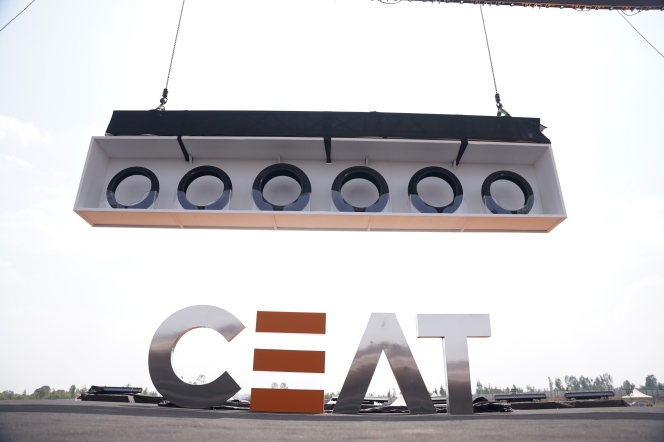
Indian tyre maker to pass full benefit of tax cuts to customers from 22 September
CEAT Limited said on Thursday it would reduce prices across its entire tyre range following the Indian government’s decision to cut goods and services tax (GST) rates on tyres, with the full benefit being passed on to customers.
The Mumbai-based tyre manufacturer said new prices would take effect from 22 September, covering commercial, agricultural, passenger vehicle and two-wheeler segments.
India’s 56th GST Council meeting approved significant reductions in tax rates for the tyre industry. GST on new pneumatic tyres was cut to 18% from 28%, whilst tractor tyres and tubes will attract a reduced rate of 5%.
“We thank the Government of India and the GST Council for their timely and progressive decision to rationalise tax rates in the tyre sector,” said Arnab Banerjee, Managing Director & CEO of CEAT Limited.
“The reduced GST slabs will greatly benefit the tyre industry and consumers alike. Not only will it lower the cost of owning and operating a vehicle for customers across various segments, but by making tyres more affordable to replace, it will also make our roads safer.”
Banerjee added the move would “spur formalisation and greater compliance, while also fostering sustainable growth in the sector.”
The GST rate cuts represent a significant policy shift for India’s automotive sector, where high taxation has been a longstanding concern for manufacturers and consumers.
Yokohama Rubber Recognised As ‘DX Certified Business Operator’ By Japan’s METI
- By TT News
- September 12, 2025
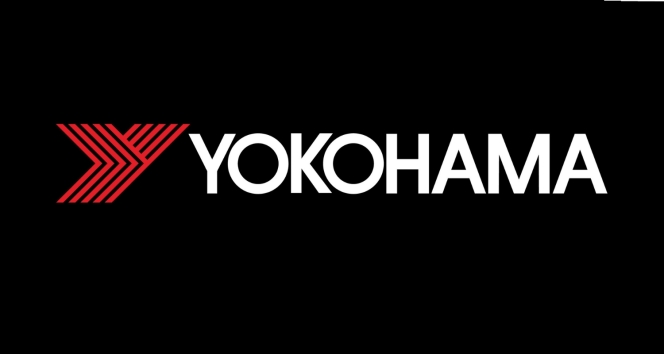
The Yokohama Rubber Co., Ltd. has been officially recognised as a DX Certified Business Operator by Japan's Ministry of Economy, Trade and Industry (METI). The designation, which was granted on 1 September 2025, identifies companies that are thoroughly prepared for digital transformation as outlined by the Digital Governance Code.
This certification acknowledges Yokohama Rubber's comprehensive strategy for digital transformation, which is built on three core objectives: advancing business strategy, contributing to sustainability and reinforcing its IT infrastructure. Central to this effort is the company's proprietary AI framework, HAICoLab (Humans and AI ColLaborate), which drives group-wide digital initiatives. These include improving productivity, innovating processes, developing digital talent and building a global cloud-based IT system. The certification confirms that the company's efforts not only meet METI's stringent criteria but also demonstrate appropriate disclosure of information to its stakeholders.
Moving forward, the company said it will continue to leverage data from its entire value chain to adapt to a dynamic business environment. The company aims to enhance customer value, pursue sustainable innovation and transform its corporate culture to strengthen its competitive position and ensure long-term growth.
RPG Group’s TyresNmore Elevates Rakesh Tatikonda To Chief Executive Role
- By TT News
- September 11, 2025
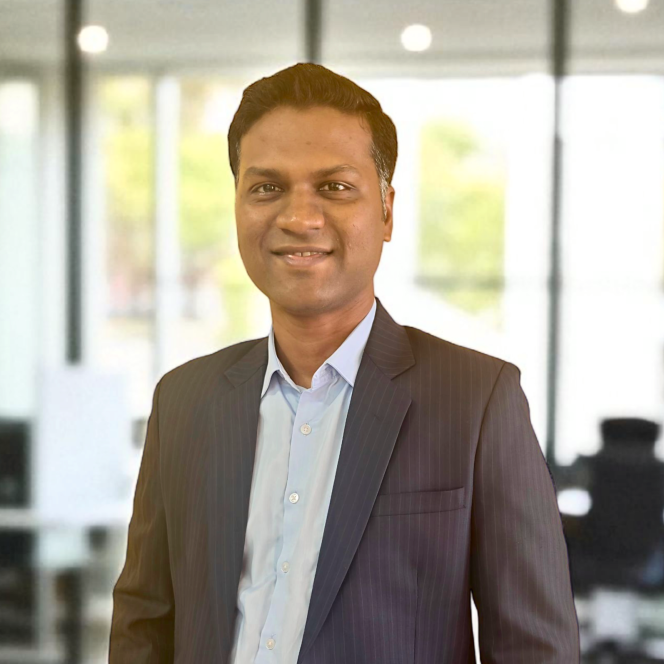
TyresNmore, the automotive aftermarket e-commerce platform owned by RPG Group, has promoted Rakesh Tatikonda to Chief Executive Officer and announced the change with immediate effect.
Tatikonda, who previously oversaw business operations at the Mumbai-based firm, will spearhead the organisation’s expansion and innovation strategy. The appointment advances RPG Group’s ‘Talent First!’ policy, which rewards internal promotions and develops employees.
The new chief executive brings over 15 years of industry experience, having worked across multiple sectors with companies such as telecommunications giant Reliance Jio and IT services provider Infosys. Before joining TyresNmore in 2022, Tatikonda held senior positions at tyre manufacturer CEAT, where he developed expertise in strategy, operations, marketing and digital transformation.
“My aim is to transform automotive aftercare in India by offering seamless, tech-driven, end-to-end mobility solutions delivered with trust, transparency, and convenience right at the customer’s doorstep,” Tatikonda said in a statement.
TyresNmore operates a doorstep service model for tyre and battery replacement across six major Indian cities: Delhi NCR, Mumbai, Bangalore, Hyderabad, Pune, and Chennai. The platform represents RPG Group’s entry into the growing automotive aftermarket sector, which has seen increased digitisation as consumers seek convenient maintenance solutions.
During his tenure in operations, Tatikonda scaled the business and improved profitability while driving digital transformation initiatives. His track record shows he strengthened operational efficiency and enhanced customer experience in the mobility convenience sector.
Vaculug Acquires Scotland's Tyrefair To Drive Northern Expansion
- By TT News
- September 11, 2025

Vaculug, Europe’s largest independent retreader producing high-quality OTR and truck retread tyres for fleets across the UK and Europe, has expanded its UK presence by acquiring Tyrefair in Kinross, Scotland.
This strategic acquisition extends the company's award-winning service further north, ensuring Scottish customers receive the same high-quality OTR and truck retread tyres Vaculug has supplied for 75 years. Since the purchase, the Kinross location has already grown by 25 percent, with an ambitious target to double its business within a year and then double it again.
This move is a key part of Vaculug's 2026 growth strategy, focused on strategic acquisitions that enable better, faster and more sustainable customer service. The acquisition reinforces Vaculug’s long-standing environmental mission, marking a new chapter of sustainable growth with a strengthened Scottish operation.


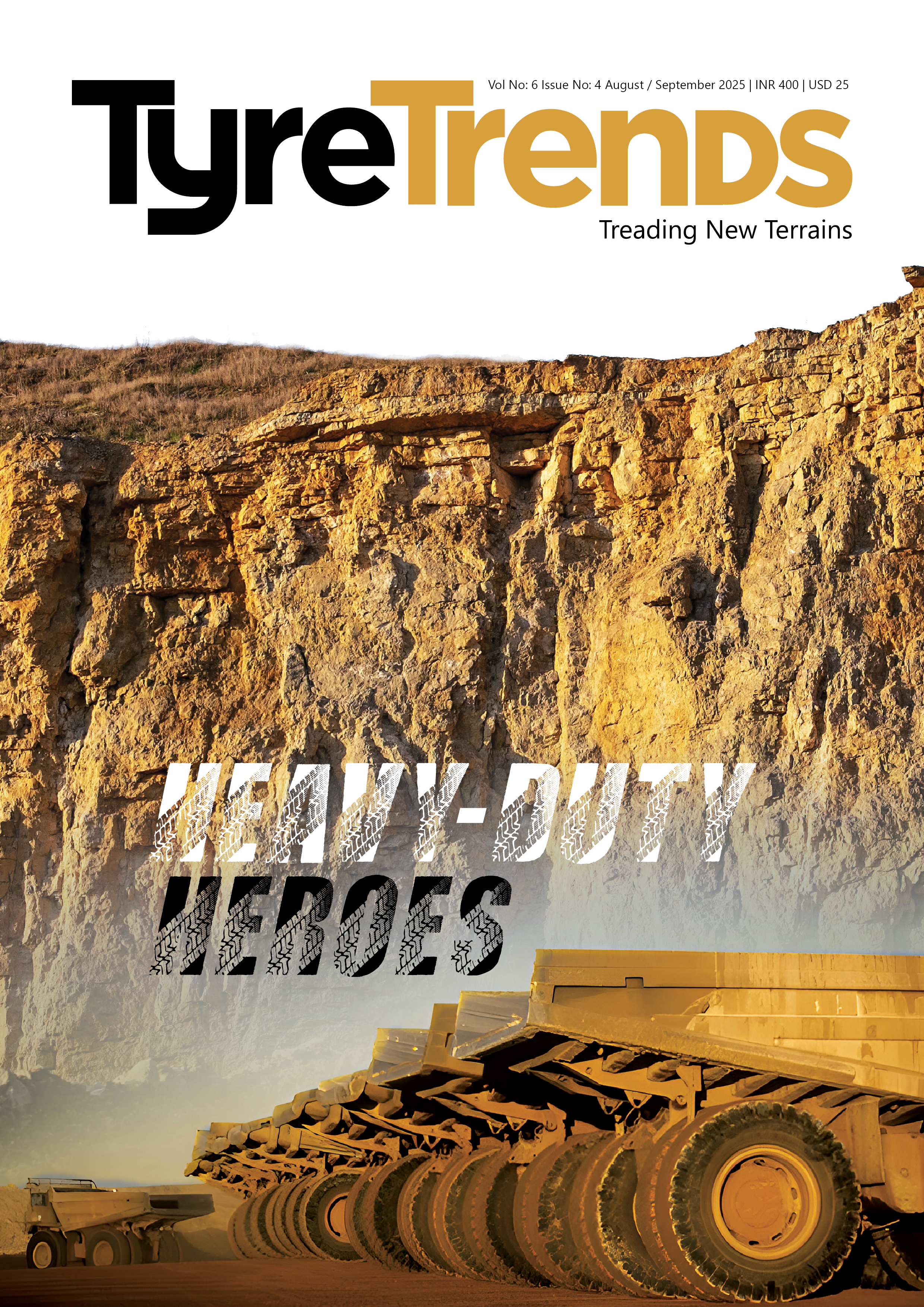
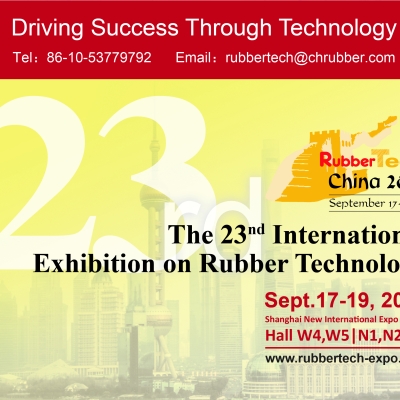
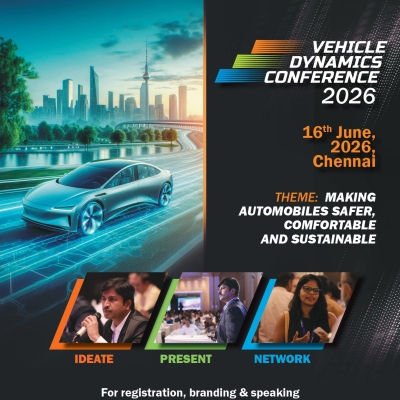

Comments (0)
ADD COMMENT